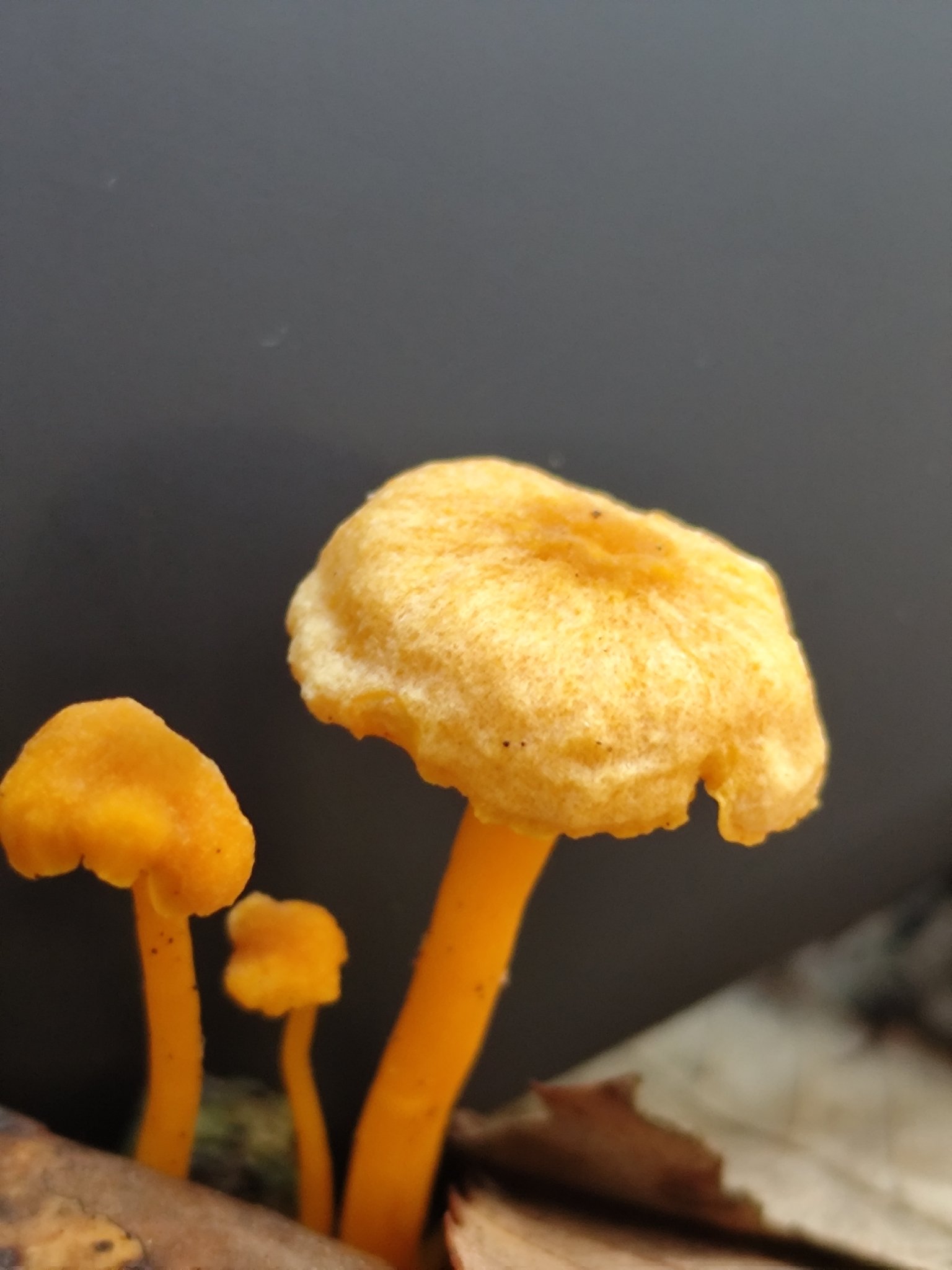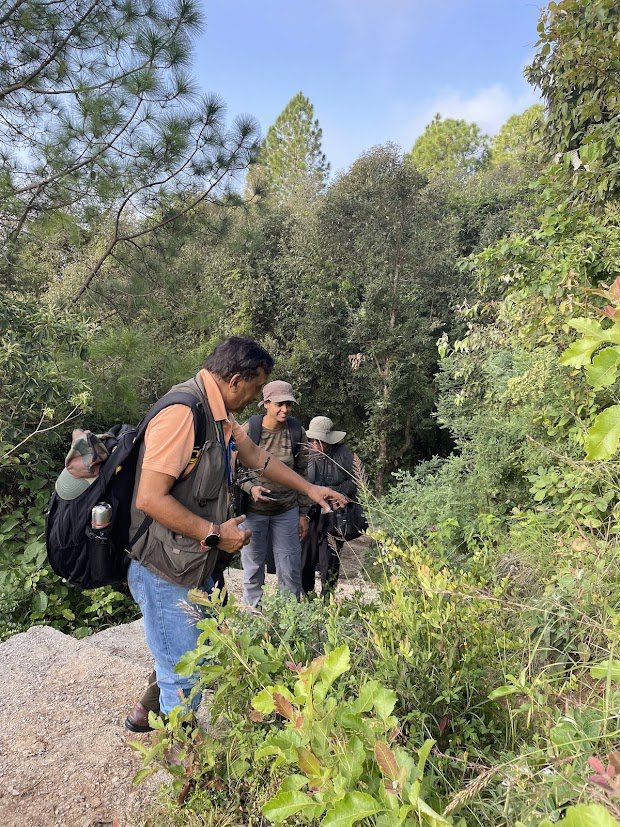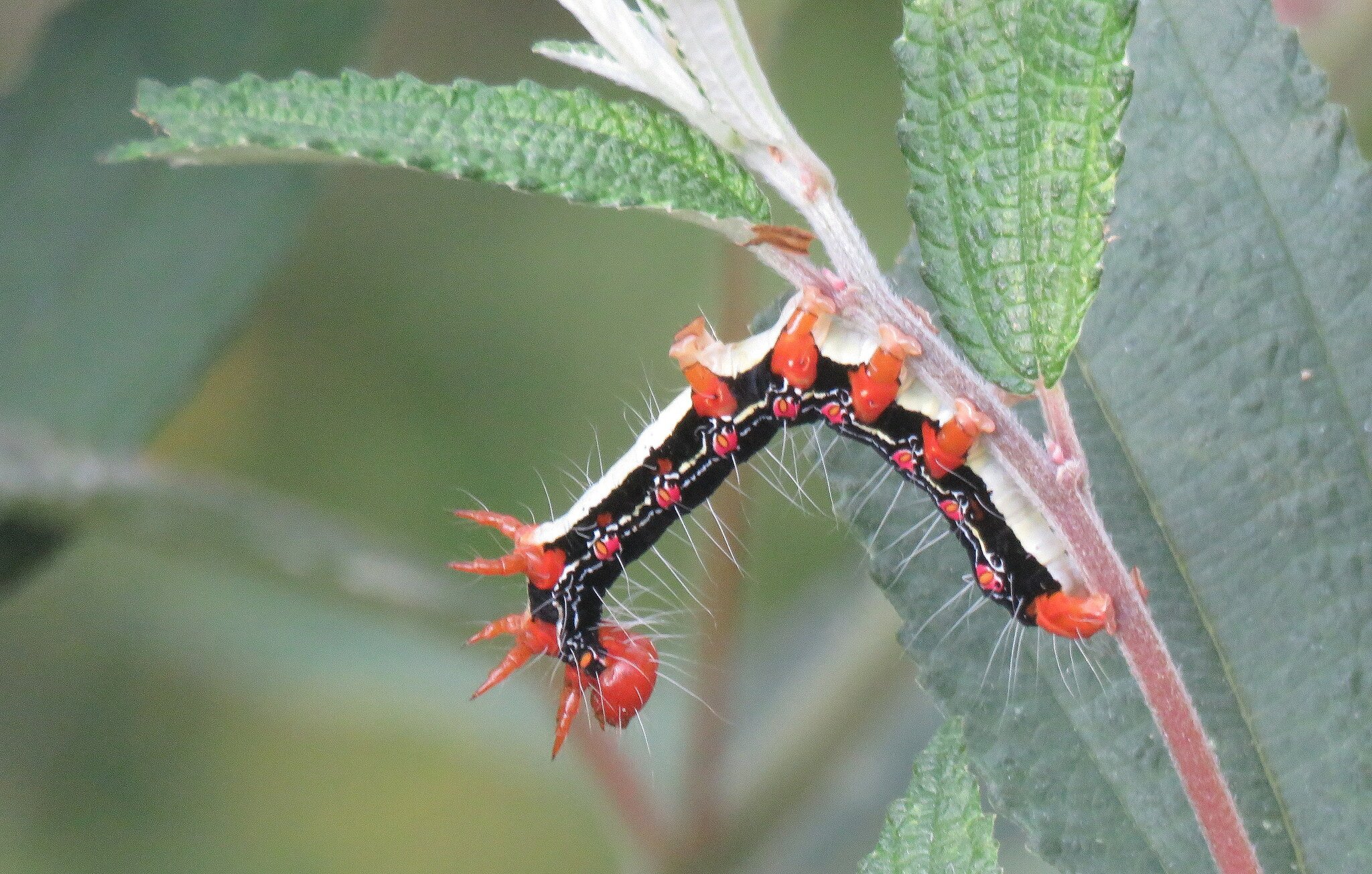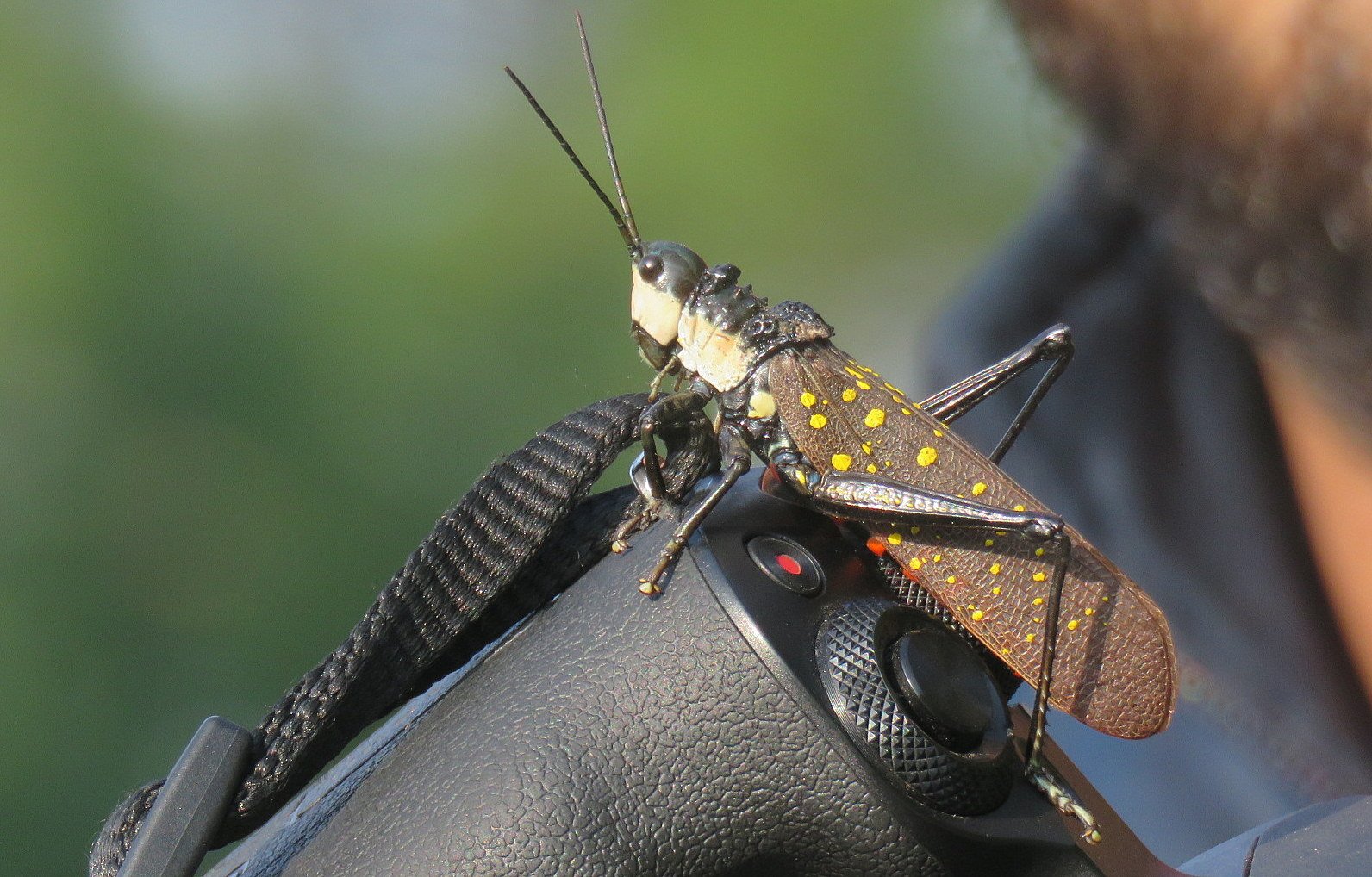
Our Conservation Efforts so far..
Currently, our conservation activities are centered around a remote hamlet nestled in the Western Himalayas.
Dharkot village, located in Pratapnagar tehsil of Tehri Garhwal district in Uttarakhand, India, at an altitude of ~ 5100 feet ASL is situated approximately 10 kilometers from the sub-district headquarters in Pratapnagar and about 60 kilometers from the district headquarters in New Tehri.
These coordinates place Dharkot within the mountainous terrain of the Tehri Garhwal region, known for its diverse flora and fauna. Dharkot is a hamlet with a population of around 400 people. Most of them belong to the Negi tribe of Uttarakhand. Results of a socio-economic survey that we had run in 2023 indicated that 60% of households are impacted by migration and ~ 30% of residents are unemployed.. A staggering 78% of the village is covered in forests. The forests around Dharkot have a diverse habitat, region, featuring mixed deciduous and evergreen forests, interspersed with terraced fields and scrublands which support a variety of flora and fauna.
Dharkot : A Biodiversity Hotspot
Hunting and Habitat loss due to anthropogenic factors are the major threats to the habitat around Dharkot. Animals like Himalayan Goral, Himalayan Serow, Sambhar and Barking Deer are still hunted for bush meat. There is also a need to mitigate human wildlife conflict in agricultural lands and poultry farms caused by animals like Wild Boars, Sloth Bears and Yellow-throated Martens. There has been an increase in developmental activities like construction of buildings and homes slowly creeping towards the wildlife habitat. Dharkot is around 45 mins away from Tehri Lake, which is a fast-growing tourist spot and hence there is also a need to build the village as a hub of sustainable eco-tourism.
In October 2024, EcoSanskriti organized a 2 day bioblitz in Dharkot using a citizen science approach. 15 students and academicians participated in the biodiversity assessment. Close to 400 species of flora and fauna, most of which are endemic to Western Himalayas were observed and recorded over the 2 days. These included butterflies like Western Courtier and Sorrel Sapphire, Huntsman spiders and Joro spiders, more than 50 species of birds like Speckled Piculet, Verditer Flycatcher and Himalayan Griffon, moths like the Tropical Tiger moths, Clouded Tiger moths and Wainscot moths, Bark mantises, locusts and various species of native flora. Read more…
Glimpses of biodiversity.











